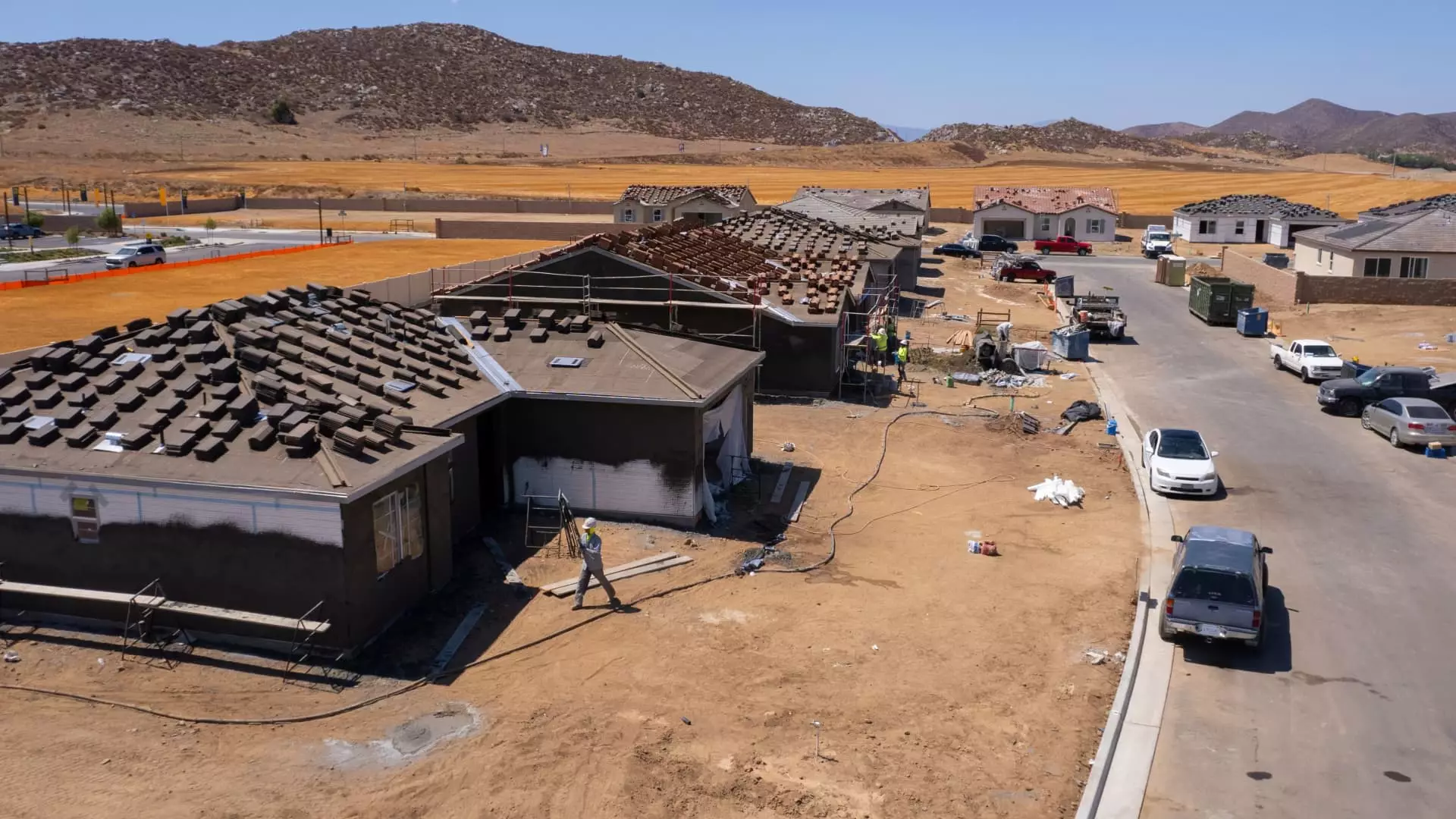The U.S. housing market is currently witnessing a seismic shift, largely propelled by exceptionally robust demand, particularly among larger homebuilders who are increasingly leveraging mergers and acquisitions (M&A) to enhance their competitive edge. This trend is not only reshaping the American landscape but also inviting international players, particularly from Japan, into the fold. According to Margaret Whelan, founder of Whelan Advisory, the year has seen a remarkable surge in M&A activity within the single-family homebuilding sector, with 19 deals already finalized, and the potential for even more as the year progresses. This is a significant leap when compared to the average of 12 deals annually over the preceding five years, indicating an unprecedented appetite for growth and expansion among major homebuilders.
The implications of this trend are profound. Larger builders are not merely trying to increase their market share; they are seeking to diversify their offerings across various price points and geographical locations. This multifaceted approach positions them to adapt swiftly to evolving consumer demands. Whelan points out that the most efficient manner to achieve this growth is through strategic acquisitions, effectively consolidating their market presence while smaller builders find themselves increasingly vulnerable to buyouts.
However, the current housing boom is not without its paradoxes. The unprecedented demand for homes, reignited by historically low mortgage rates during the early stages of the COVID-19 pandemic, has now been confronted with the reality of rising interest rates. This has led to what is often referred to as the “mortgage rate lock-in effect,” where many homeowners opt against selling their properties to avoid replacing favorable, low-rate mortgages with significantly higher rates. Consequently, this reluctance has contributed to an ongoing housing shortage, exacerbating the challenges faced by prospective buyers.
For large homebuilders, this dynamic has provided both challenges and opportunities. With inventory levels constrained and prices climbing, builders have pivoted to offering financial incentives, including mortgage rate buy-downs, to attract customers. Over the last five years, the proportion of homes for sale accounted for by builders has dramatically increased from 1 in 6 to 1 in 3. This strategic maneuvering has elevated major builders’ market share from 30% to a staggering 50%, illustrating their ability to adapt to and capitalize on rapidly changing market conditions.
The disparity in resources and borrowing capabilities between public and private builders further adds to the competitive landscape. According to industry analyst Danielle Nguyen, public builders benefit from lower costs of debt, enhancing their ability to engage in large-scale acquisitions without the immediate need for external financing. As a result, these larger entities can often afford to pay premium prices for acquisitions, thus further consolidating their market power.
Interestingly, this surge in M&A activity has not solely been a domestic phenomenon. Whelan notes that a significant portion of this year’s deals involves Japanese firms—highlighting a trend toward international investment in the U.S. housing market. Japanese companies are drawn to the relatively higher growth potential in the U.S., where they can deploy their lower-cost capital to secure substantial market positions. This has led to highly competitive acquisition processes, as evidenced by notable transactions such as Sekisui House’s purchase of MDC Holdings, a move that catapulted them into the ranks of top-tier builders.
The infusion of Japanese capital into the U.S. housing sector is accompanied by innovative construction methodologies that could revolutionize the industry. Japanese builders are known for their efficiency, often employing advanced techniques such as 3D modeling and prefabrication. By enhancing value engineering practices—where waste is meticulously minimized—they can effectively reduce construction costs and timelines. Whelan envisions a scenario wherein these efficiencies could significantly lower housing costs across the board, mirroring the successes seen in the U.S. automotive industry.
As we look ahead, the trajectory of homebuilder M&A is poised to continue into the coming years, driven by persistent demand and evolving market conditions. The political landscape could further influence these developments. The potential for regulatory changes under the new Trump administration—particularly around land availability and zoning regulations—could either facilitate growth or present new challenges in sourcing labor and materials, both significant costs impacting builders today.
The current era of U.S. homebuilding signifies a pivotal moment characterized by unprecedented shifts in market dynamics, innovative international players, and an ever-present demand for housing. As the landscape continues to evolve, only time will reveal the lasting impacts of these changes on the housing market and the broader economy.


Leave a Reply